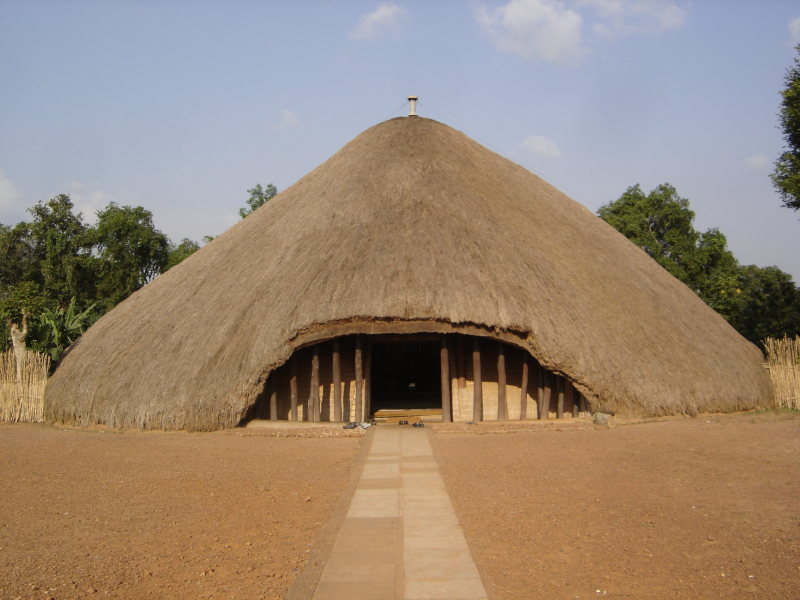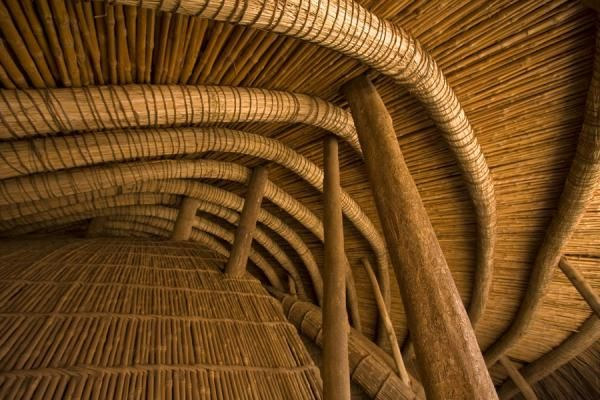Kasubi Tombs
The Kasubi Tombs in Kampala, Uganda, are the resting places of four kabakas (Kings of Buganda) and other Baganda royal family members. As a result, the site serves as a spiritual and political center for the Ganda people, as well as a showcase for traditional building. In December 2001, it was designated as a UNESCO World Heritage Site, with the description "one of the most extraordinary constructions employing exclusively botanical materials in the entire region of Sub-Saharan Africa.". Today, it is considered one of the most beautiful historical sites in Uganda.
This World Heritage Site is located on the Kasubi hill in Kampala, about 5 kilometers (3.1 miles) northwest of the city center, and covers approximately 26 hectares (64 acres). The majority of the land on the property is open agricultural land that is farmed using conventional methods. Muteesa I, the 35th Kabaka of Buganda, built a royal palace in 1882 to replace a palace built by his father, Ssuuna II, in 1820. When he died in 1884, the new mansion was turned into a royal burial place. The site is one of 31 royal graves that have been discovered around the Buganda kingdom since its founding in the 13th century. The body of the deceased king was traditionally buried in one location, with a separate shrine for the deceased king's jawbone, which was thought to hold his soul.
In March 2010, a fire nearly completely destroyed some important structures there, the cause of which is still being investigated. As a result, in July 2010 The Kasubi Tombs were included in the list of World Heritage Sites in Danger.
Location: Kampala, Uganda






